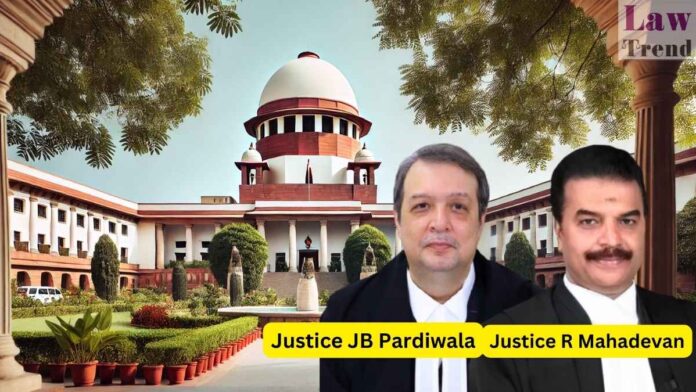The Supreme Court of India, in a significant ruling on criminal jurisprudence, has acquitted a man convicted for murder, holding that a First Information Report (FIR) of a confessional nature lodged by the accused himself is inadmissible in evidence and cannot be used to secure a conviction. The Court ruled that relying on such a
To Read More Please Subscribe to VIP Membership for Unlimited Access to All the Articles, Download Available Copies of Judgments/Order, Acess to Central/State Bare Acts, Advertisement Free Content, Access to More than 4000 Legal Drafts( Readymade Editable Formats of Suits, Petitions, Writs, Legal Notices, Divorce Petitions, 138 Notices, Bail Applications etc.) in Hindi and English.




